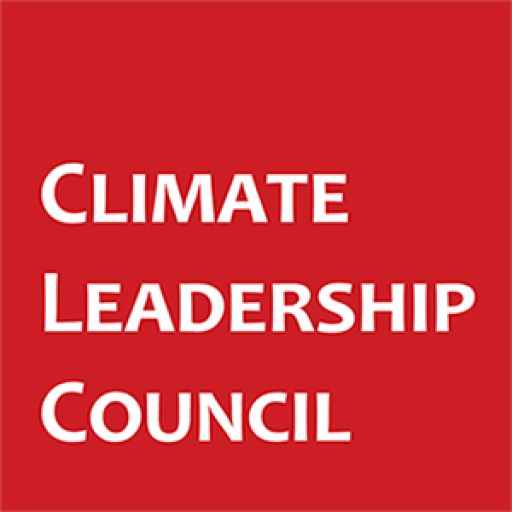Without a new strategy, global emissions will rise and the U.S. will cede further economic ground to competitors, report finds
WASHINGTON, DC – Prioritizing American Interests: A New Strategy for Global Decarbonization, a report released today by the Climate Leadership Council, states that policymakers should embrace a climate strategy that leads with addressing the priorities of American families, manufacturers, and workers. By prioritizing American competitiveness, economic growth, resource security, and geopolitical influence, global emissions will fall.
“Too often, climate progress has been treated as separate from or even at odds with other national priorities,” said Catrina Rorke, executive director of the Climate Leadership Council’s Center for Climate & Trade. “This perspective overlooks the fact that the U.S. boasts the world’s largest and most innovative economy, dynamic capital markets, and a powerful consumer base, making it a sought-after global economic partner. Advancing our broader interests while cutting global emissions isn’t just possible–it’s essential.”
The U.S. has meaningfully reduced GHG emissions over the last twenty years, but global emissions are still rising. At the same time, most Americans express support for climate action, but it tends to rank lower on their priority lists than other issues. To top it all off, political gridlock on this issue is ceding a $215 trillion market opportunity to our competitors. The U.S. has a responsibility and enormous opportunity to play a larger role in decreasing global emissions, but we need a strategy that leverages our strengths and national interests.
The Council proposes that a more effective approach to addressing global climate change begins by promoting U.S. interests in four critical areas:
- American Competitiveness: Introduce accountability in the global economy
Global manufacturing faces two key challenges: carbon-intensive production and market distortions. Strong global market signals are needed to hold emitters accountable, reward clean practices—like those followed by many in the U.S.—and prevent market manipulation.
- Economic Growth: Export more U.S. made goods
The global market for clean energy technologies is projected generate trillions of dollars through midcentury, yet the U.S. currently holds only 6% of exports in this sector. Policymakers must revise strategies that boost domestic manufacturing and enhance international competitiveness for clean U.S. firms.
- Resource Security: Secure critical supply chains
Expanding domestic clean energy manufacturing requires a steady supply of critical minerals like lithium and cobalt. Global demand for critical minerals is set to double by 2030, and the U.S. is heavily reliant on imports. To support domestic industry, the U.S. must boost resource development and advance strategies for international partnerships that diversify supply chains.
- Geopolitical Influence: Accelerate low carbon infrastructure in the developing world
To strengthen ties with emerging markets and support a lower-carbon development trajectory, the U.S. needs a more proactive strategy that optimizes private capital and U.S technologies to better compete with efforts like China’s Belt and Road Initiative.
“The bad news is that the U.S. is losing the race to be the dominant force in supplying the world’s clean energy needs, costing us economic opportunity and geopolitical influence,” states Greg Bertelsen, CEO of the Climate Leadership Council. “The good news is that we are in the early years of a multi-decade, $215 trillion competition and we have the resources, capital, and influence to win the largest share. A new strategy for global decarbonization starts by recognizing that what’s in our best national interest can also be the most effective way to tackle global emissions.”
